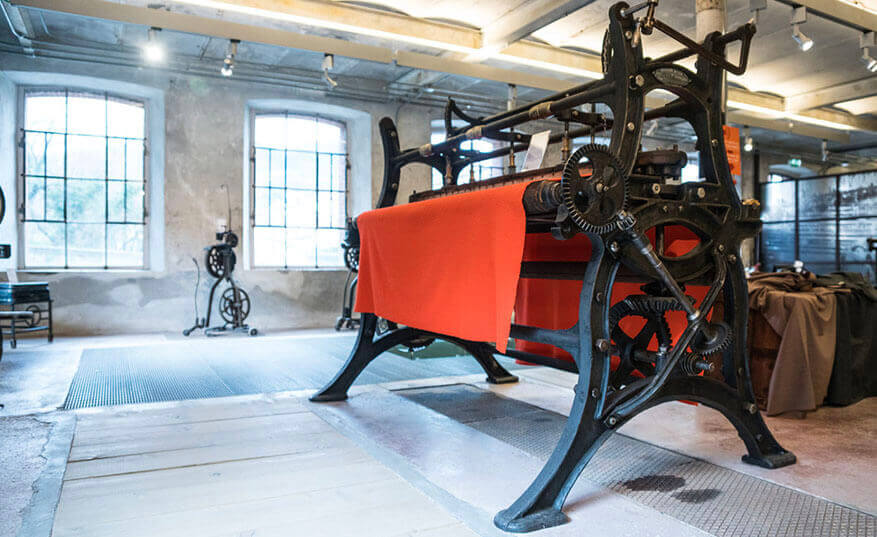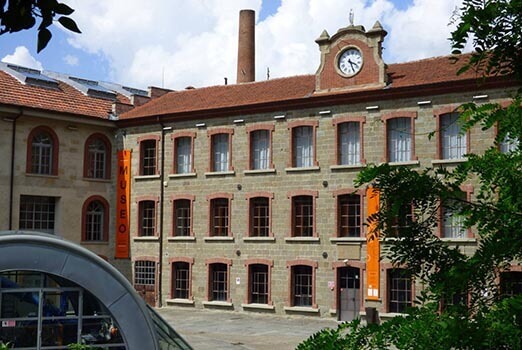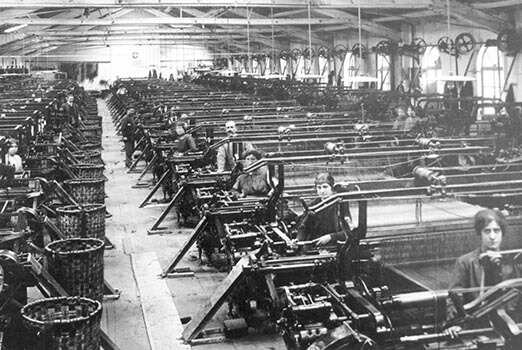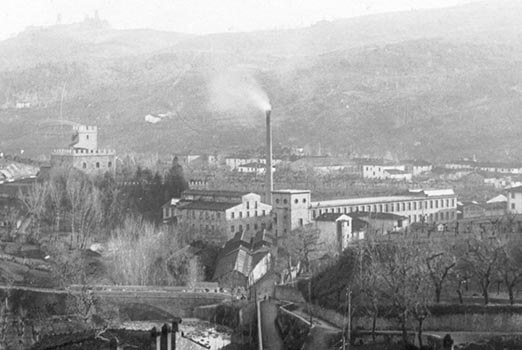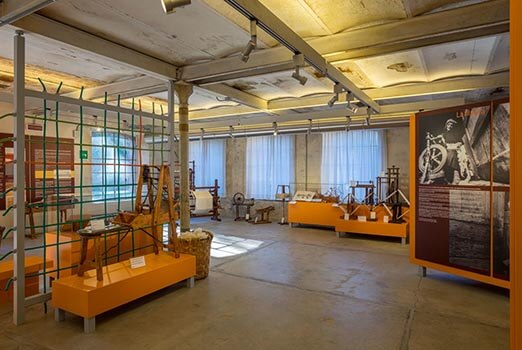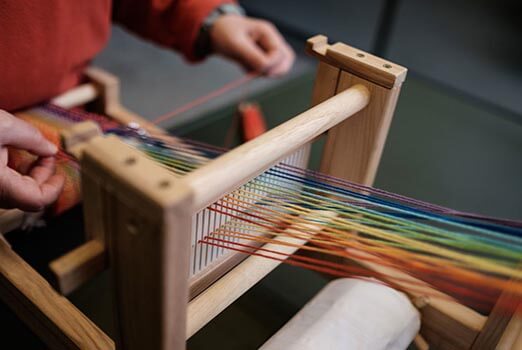Arte della Lana Museum is located in the complex of the woollen mill of Stia in Casentino, which was restored after decades in a state of abandon. A journey in the history of the Art of wool from the beginnings of human civilisation until the Industrial Revolution and the golden age of the Woollen mill of Stia.
Nowadays the plant, as a wonderful sample of industrial archaeology, comes back to life not as a production plant but as a cultural centre related to the textile industry of this area. The exhibition path is a real sensory experience, where you can touch, smell, listen, learn, experiencing first-hand the craftsmanship of some gestures linked to the Art of wool. The complex has a remarkable architectural importance, a useful surface of about 23,000 square meters and consists of various buildings built between the eighteenth and twentieth centuries. The first Lanificio di Stia Company was established in 1852, when a modern entrepreneurial activity had been organized in a few decades to concentrate the various phases of wool processing in a single factory. In the early sixties of the nineteenth century the Lanificio employed about 140 workers and remembered as the first in Tuscany to use machinery imported from abroad. After years of neglect many roofs and portions of buildings had collapsed, water infiltrations damaged the walls, tons of waste material were stacked and rotted inside and outside the buildings creating disruptions, the vegetation had invaded large portions of the plant, entering the interior and also destroying the finishes.
Despite this, in 2007 the buildings were placed under the direct protection of the Superintendence for Environmental and Architectural Heritage of the Province of Arezzo. The main buildings have a perimeter structure in masonry of stones, decorated with exposed brick arches; inside, to have the maximum usability of the spaces, the structure is made of cast iron pillars, iron beams and brick vaults. The aim of the architectural intervention was to recover the main buildings, preserving the reality of disused industrial buildings.
